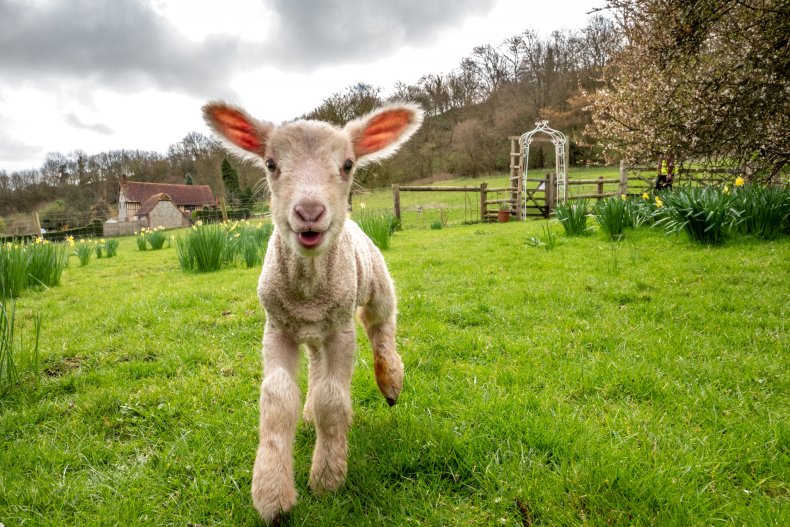This year, the equinox will occur on March 19, which means the earliest first day of spring in more than 100 years.
Thursday marks the first day of spring, and the new season will be ushered in with the biannual phenomenon known as an equinox.
The spring equinox is one of two that occur each year, with the other ushering in autumn. During each of the equinoxes, there are nearly equal parts of daylight and night, and this year the spring equinox is occurring earlier than it has in more than a century, according to the Farmer's Almanac.
The last time spring arrived this early was in 1896, and for the most part, the equinox has occurred on March 20 or 21. This year, it is set to take place on Friday at 3:50 a.m. Greenwich Mean Time, according to the National Weather Service (NWS). That's equivalent to 11:50 p.m. on Thursday for New York City.
During an equinox, the Earth's axis isn't tilted toward or away from the sun, so the sun shines directly over the equator, according to the NWS. This is why day and night appear equal in time.
For the Northern Hemisphere, the equinox means earlier sunrises and later sunsets because that hemisphere tilts toward the sun. The opposite is true for the Southern Hemisphere, where the autumnal equinox is occurring, which means shorter days.

A day-old lamb explores new surroundings on the first day
of spring, March 20, 2019, at Coombes Farm in Lancing,
England. ANDREW HASSON/GETTY
To celebrate the biannual occurrence, people gather at Stonehenge, a prehistoric monument in England. It's unclear if the celebration will happen this year, given the coronavirus outbreak. Newsweek reached out to the English Heritage Society, which manages the monument, but did not receive a response before publication.
The spring equinox is one of two that occur each year, with the other ushering in autumn. During each of the equinoxes, there are nearly equal parts of daylight and night, and this year the spring equinox is occurring earlier than it has in more than a century, according to the Farmer's Almanac.
The last time spring arrived this early was in 1896, and for the most part, the equinox has occurred on March 20 or 21. This year, it is set to take place on Friday at 3:50 a.m. Greenwich Mean Time, according to the National Weather Service (NWS). That's equivalent to 11:50 p.m. on Thursday for New York City.
During an equinox, the Earth's axis isn't tilted toward or away from the sun, so the sun shines directly over the equator, according to the NWS. This is why day and night appear equal in time.
For the Northern Hemisphere, the equinox means earlier sunrises and later sunsets because that hemisphere tilts toward the sun. The opposite is true for the Southern Hemisphere, where the autumnal equinox is occurring, which means shorter days.

A day-old lamb explores new surroundings on the first day
of spring, March 20, 2019, at Coombes Farm in Lancing,
England. ANDREW HASSON/GETTY
To celebrate the biannual occurrence, people gather at Stonehenge, a prehistoric monument in England. It's unclear if the celebration will happen this year, given the coronavirus outbreak. Newsweek reached out to the English Heritage Society, which manages the monument, but did not receive a response before publication.
No comments:
Post a Comment